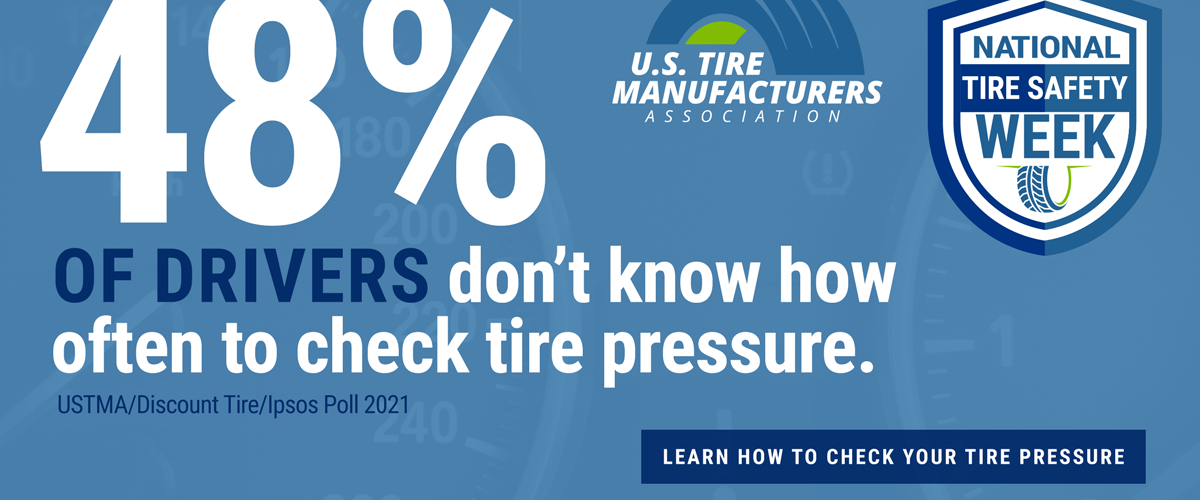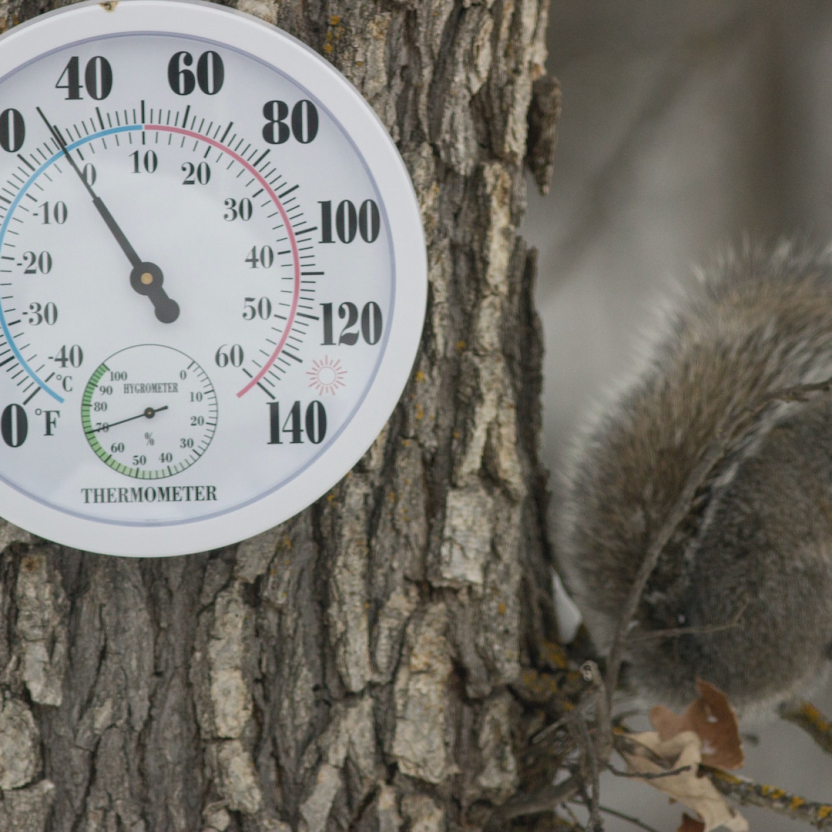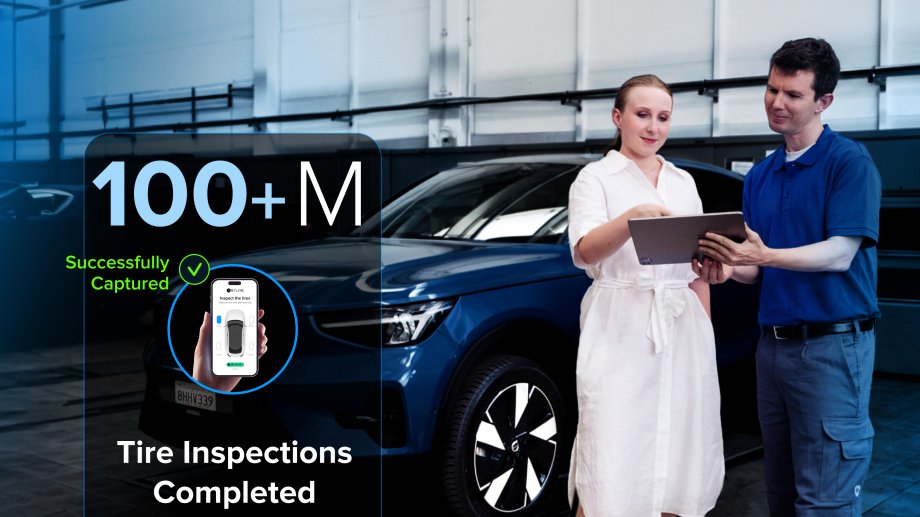
What You Need to Know about Proper Tire Inflation
Vehicles and tires are highly sophisticated and designed for safety and performance. Thousands of scientists and engineers work every day to ensure your tires perform optimally, no matter where you drive. Today’s modern tires are complex, highly engineered products that maximize safety, performance, handling and durability. Modern tire technology blends a unique mix of chemistry, physics and engineering to give consumers a high degree of comfort, performance, efficiency, reliability and safety. Your tires are one of the most highly engineered products in the world, and yet, if you don’t do a simple thing like keeping them properly inflated, then you can be putting yourself and others at risk and costing yourself a lot of money.

Risks of Under and Over Inflation
Underinflated tires generate excessive heat build-up and stress, causing irregular wear and internal damage. Tires are literally built with heat, and so heat can also destroy them allowing the tread-belt to peel away from the structure of the tire. Optimal inflation helps you avoid tread separations because you maintain the right internal temperatures and your tires will flex properly.
The opposite, overinflation reduces performance and flexibility and is also not good for your tires. Overinflated tires are more likely to be punctured or damaged when hitting an obstacle, like a pothole.
Optimal Tire Pressure
Every vehicle and tire have an optimal tire pressure for top performance. Not only is this the safest for your car, but it also saves you money. The US Department of Energy reports that keeping car tires at the recommended pressure levels can improve gas milage by up to 3% and NHTSA reports that properly inflating tires can save up to 11 cents per gallon on gas. With replacement costs for each tire reaching $200 or more, the opportunity cost of improper tire inflation is quite high.
So, what is your vehicle’s optimal tire pressure? There are three quick places to locate it – on your driver’s side door frame, in your owner’s manual and on the tire sidewall. Most passenger cars recommend 32 psi to 35 psi when the tires are cold (before your drive).

Temperature
Correct tire inflation avoids the tire from heating up too much and at the right temperature, your tire performs the way that they were designed to. But what about outside temperatures? According to Goodyear, for every 10 degrees outside temperature change, your internal tire pressure can increase or decrease by one to two pounds of pressure. Therefore, it is really important to monitor tire pressure closely when outside temperatures change drastically. You may find yourself adding or removing air to keep optimal tire pressure.
Do Not Overly Rely on TPMS
Tire Pressure Monitoring Systems (TPMS) are standard on vehicles in the US and other parts of the world. It’s a great tool for notifying drivers when there is abrupt pressure loss in one or more tires but should not replace periodically checking tire pressure yourself – ideally monthly. Temperature changes and natural diffusion will lower tire pressure over time. In some cases, if you wait for a TPMS light on your dash, you could have been driving on low tires for a long time – exposing your tires to an unnecessary risk of damage. In fact, a NHTSA study of tire inflation pressure and TPMS showed that 12% of all passenger vehicles in the US of model years 2004-2011 have at least one underinflated tire – by at least 25%. The TPMS warning light indicates a severe tire pressure issue and immediate action should be taken. It does not replace basic monthly tire pressure checks.
As always, contact a tire professional when in doubt.



